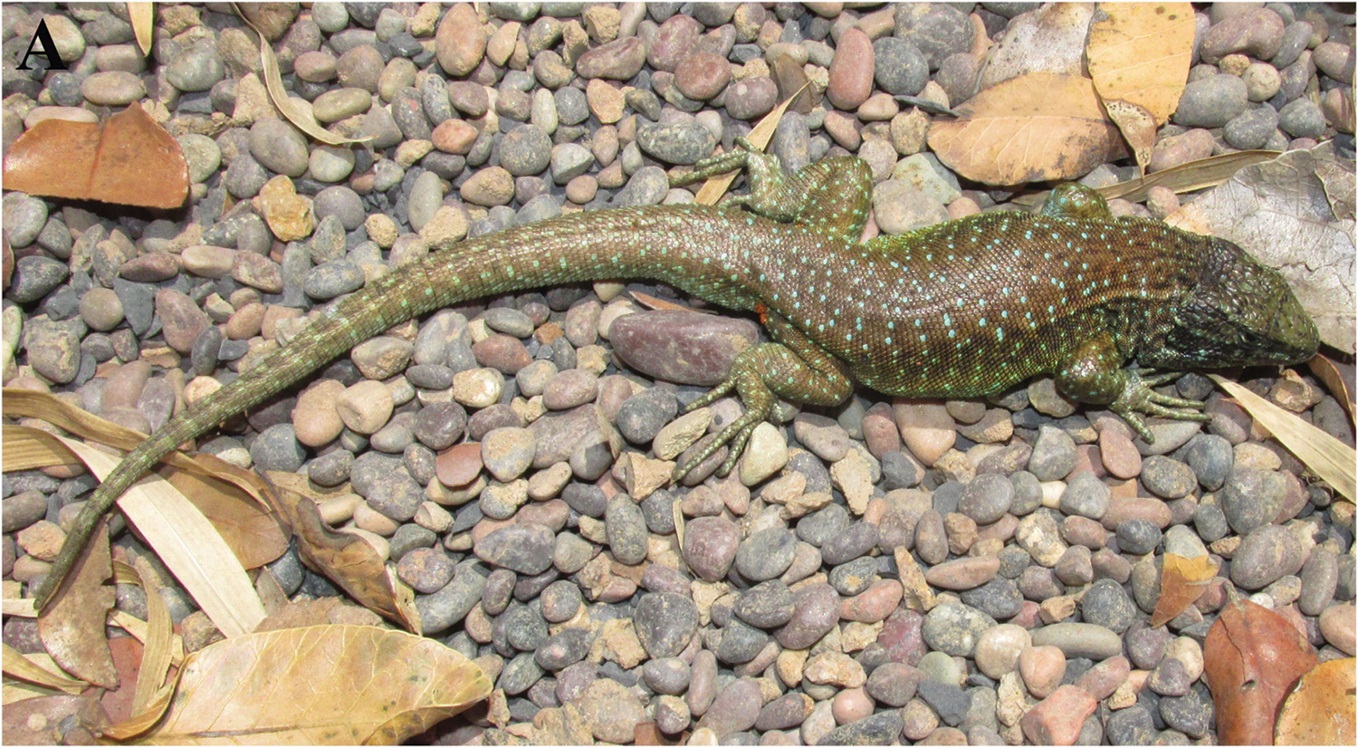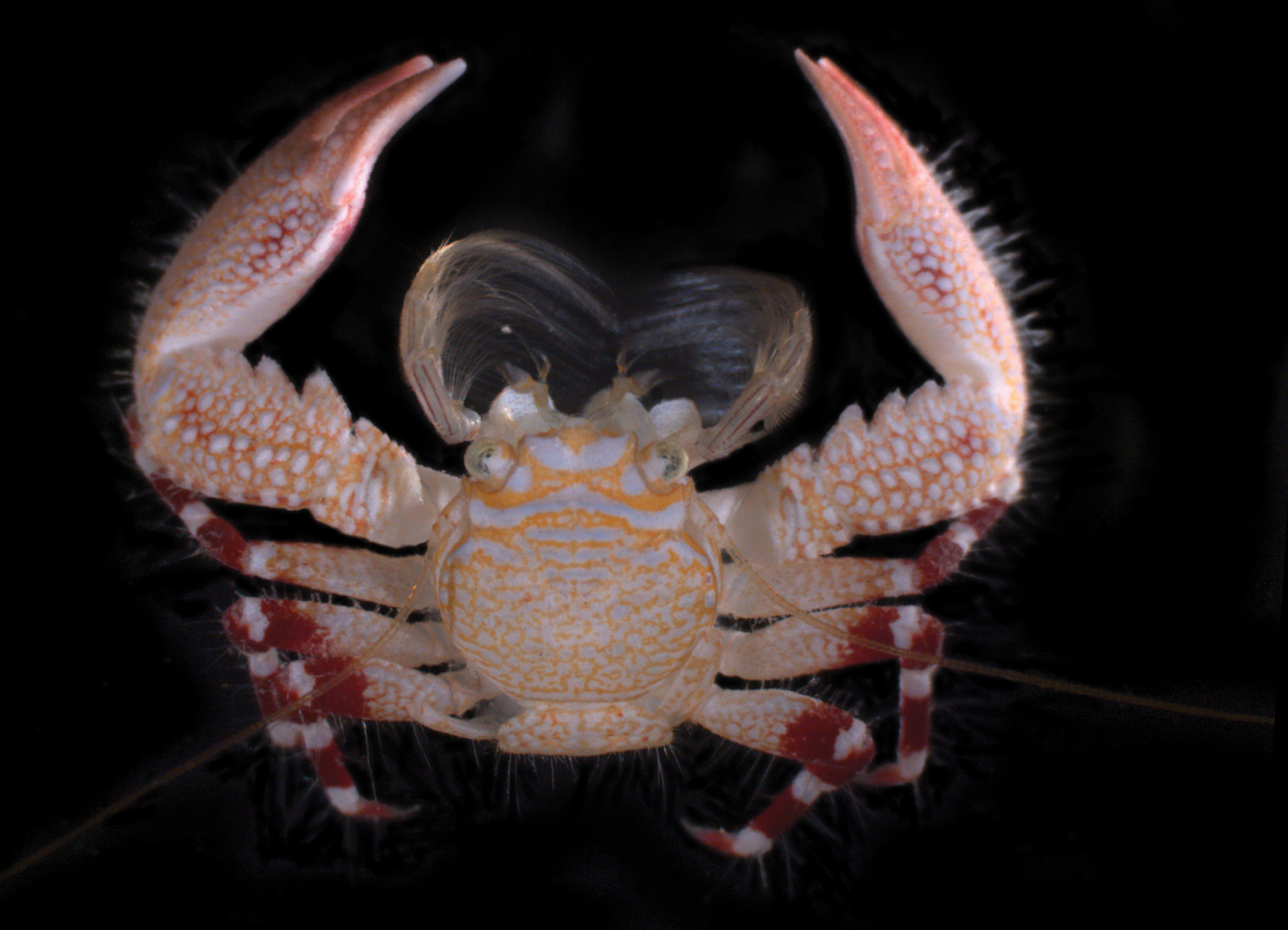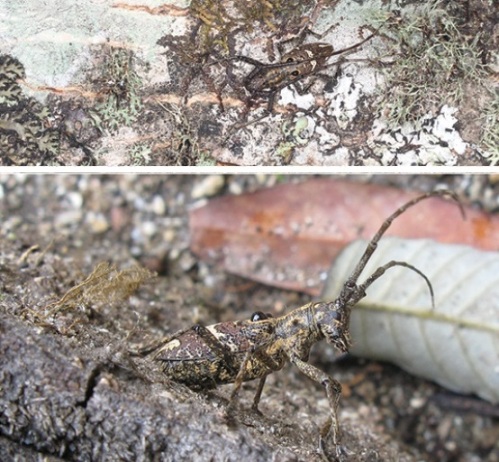by Piter Kehoma Boll
Besides the well-known internal and external parasites that feed on resources of the host, nature has other types of parasitism as well. One of those types is the so-called brood parasitism, in which an animal puts its eggs in the nest of another animal so that they will be raised by foster parents, usually from a different species. Cuckoos are certainly the most famous brood parasites, laying their eggs in the nests of other birds.
But brood parasites exist among other animal groups as well, including, of course, the diverse order Hymenoptera. Wasps of the family Chrysididae are known as cuckoo wasps because they put their eggs in the nests of other wasps. One species of this family is Hedychrum rutilans, which I decided to call the reddish cuckoo wasp.

Adults of this species measure up to 1 cm in length and have a kind of ant-shaped body. Its most striking feature, however, is its metalic color, which is typical of cuckoo wasps. In the reddish cuckoo wasp, the abdomen and the front part of the thorax have a reddish tinge, while the rest of the body is somewhat green.
Living in Europe and the northermost regions of Africa, the reddish cuckoo wasp is a lovely nectar drinker as an adult. However, as a larva, it is a parasitoid. Females put their eggs inside another insect so that the larva feeds on the host from inside. However, as I mentioned, cuckoo wasps are brood parasites, hence the name cuckoo wasp. Thus, they do not hunt other insects to serve as hosts for their larvae. Instead, they invade the nests of another species, the European beewolf, which I presented last week, and lay their eggs on the bees that the European beewolf has hunted for its own offspring.

When the egg of the reddish cuckoo wasp hatches, the larva starts to feed on the paralyzed bees and can even feed on the growing larvae of the beewolf. But how can the female cuckoo wasp manage to invade the beewolf’s nest without being noticed?
The surface of insects is covered by cuticular hydrocarbons (CHCs), which have several functions. They protect the body from water and have many functions for chemical communication, both intra- and interspecifically. Parasitoids, for example, rely on CHC cues to find their hosts, and many species, especially social insects such as bees and ants, use CHCs to recognize individuals of their own colony and to detect any invader, incluing parasitoids and brood parasites. Thus, a beewolf could easily locate a cuckoo wasp sneaking into its nest but natural selection made the necessary changes. The amount of CHCs on the surface of cuckoo wasps is way below the normal levels found in most insects. As a result, their smell is so weak that it cannot be perceived in a nest that reeks of beewolf CHCs.

One strategy that beewolfs seem to have developed to reduce the levels of parasitism by the reddish cuckoo wasp is increasing their activity in the evening, when the cuckoo wasp activity is reduced. During this time, it is easier for beewolves to enter their nests without being detected by cuckoo wasps. When a beewolf detects a cuckoo wasp close to its nests, it attacks it ferociously. However, once a cuckoo wasp enters the nest, the beewolf is unable to recognize it even if running right into it due to its inability to chemically detect the invader.
Both parties, of course, will always try to find new ways to succeed. Nature is, afterall, a neverending arms race.
– – –
– – –
References:
Kroiss J, Schmitt T, Strohm E (2009) Low level of cuticular hydrocarbons in a parasitoid of a solitary digger wasp and its potential for concealment. Entomological Science 12:9–16. doi: 10.1111/j.1479-8298.2009.00300.x
Kroiss J, Strohm E, Vandenbem C, Vigneron J-P (2009) An epicuticular multilayer reflector generates the iridescent coloration in chrysidid wasps (Hymenoptera, Chrysididae). Naturwissenschaften 983–986. doi: 10.1007/s00114-009-0553-6
Strohm E, Laurien-Kehnen C, Boron S (2001) Escape from parasitism: spatial and temporal strategies of a sphecid wasp against a specialised cuckoo wasp. Oecologia 129:50–57. doi: 10.1007/s004420100702
– – –









